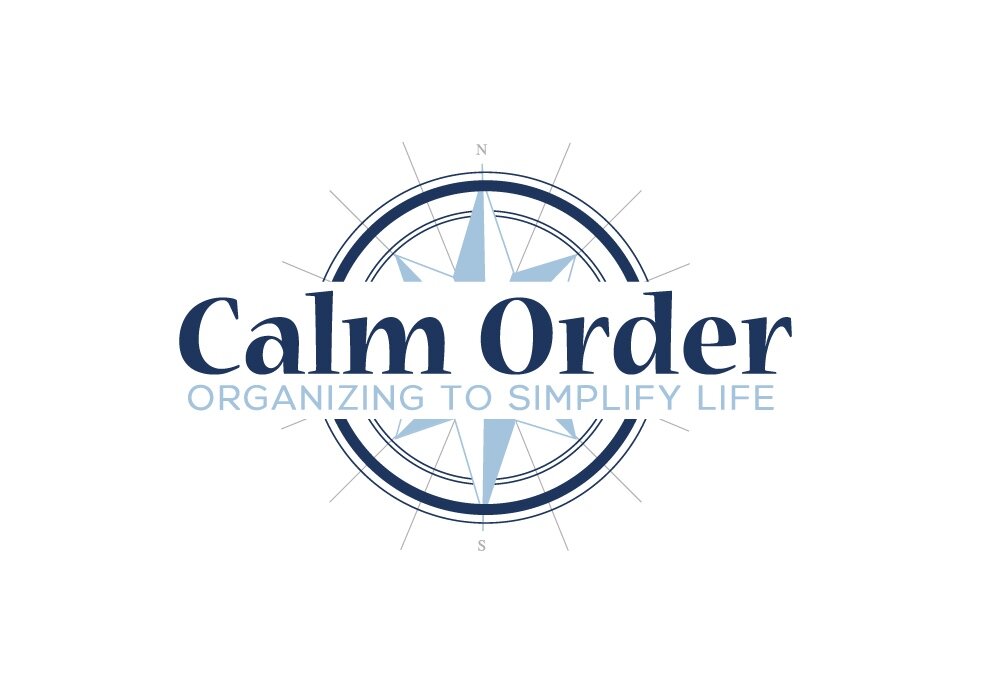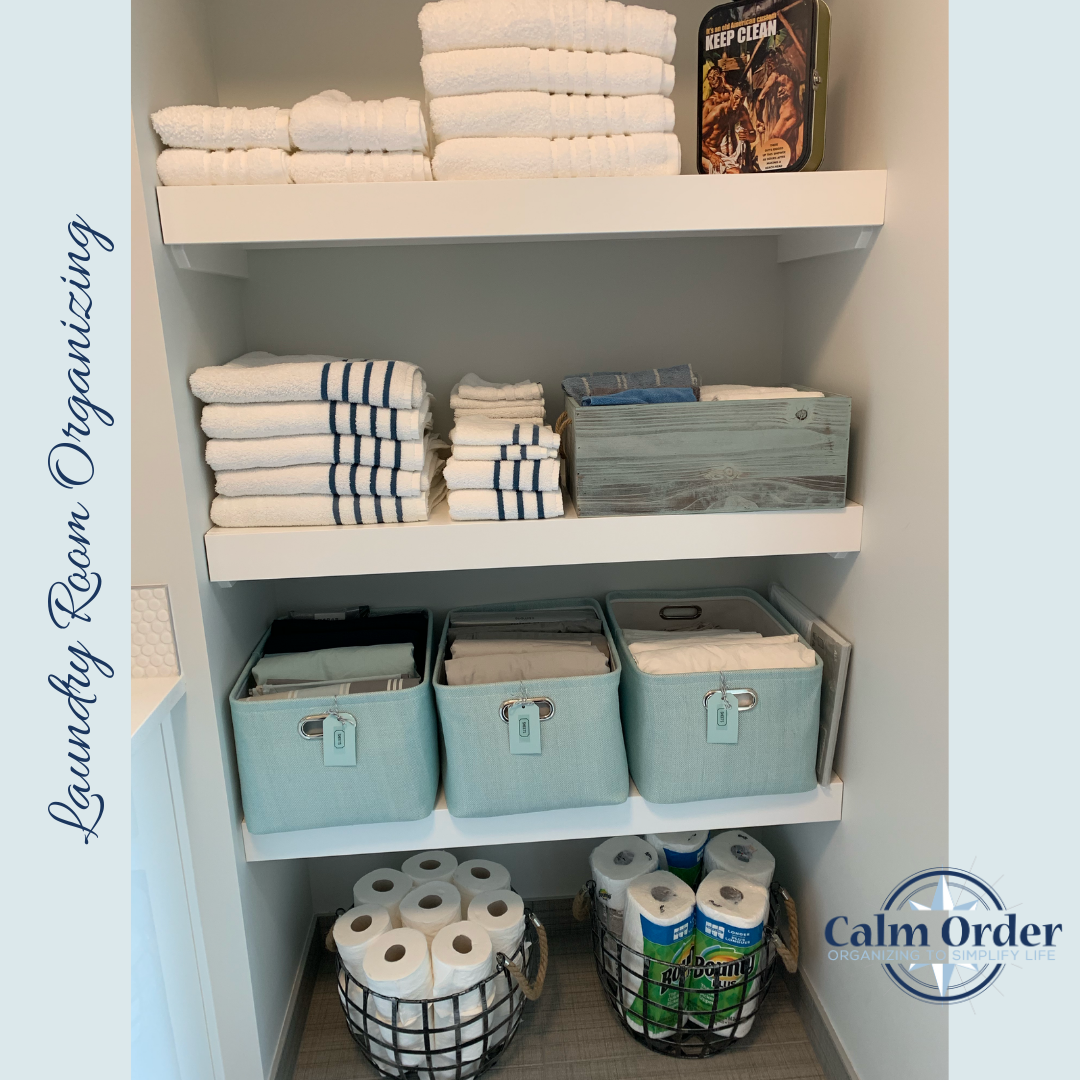Summer is a busy season for everyone – between summer camps, trips, and day-long activities, there is usually little time to prepare and cook a meal. However, with these tips, you can ensure that you will have a meal ready to eat without the stress or cost of ordering out:
Pre-purchase ready to eat protein options
When the weather is hot, the last thing people want to do is heat up their homes by turning on the oven. Instead, stock up on pre-cooked protein options, like rotisserie chicken or shredded pork from your local grocery store. Canned tuna and hard-boiled eggs can be made ahead of time and stored in the fridge for recipes like these. You could also pre-cook your meat early in the morning or at the beginning of the week, so you can avoid using the oven during the heat of the day.
Take advantage of the fresh vegetables
Summer is prime time for fresh vegetables, so why not take advantage of them? Stock up on your family’s favourites and incorporate them into easy meals, like stir-fry, salad and sandwiches. Vegetables can be washed and cut up at the beginning of the week or earlier in the day, so you don’t have to worry about doing all of your preparations right before the meal. To save time and avoid your oven, you can also use your vegetables raw instead of cooking them. Most vegetables taste even better when they are fresh during the summer, so incorporate them into your meals like this recipe for Shaved Squash Salad with Tomatoes and Ricotta.
Utilize your kitchen appliances
Instead of always using your oven, utilize your other kitchen appliances to plan your meals in advance, like a slow cooker. Your meat, vegetables and grains can all be prepared the night before and turned on in the morning so they are ready for you to eat in the evening. You can even use a rice cooker to cook up rice at the beginning of the week, so you have a side dish ready to go for multiple meals. Get creative and use your other kitchen appliances to put together stress-free and tasty meals like these over the summer.
Use your leftovers!
Don’t feel bad about having a “leftovers” meal night when you are out at the lake or park all day! Save any leftovers from your meals throughout the week, and plan on having one meal made up of all your leftovers. If you don’t quite have enough food, supplement your meal with a quick side salad or fresh fruit.
Stay simple
Most importantly, don’t feel the need to plan large, complicated meals. They take a lot of time, ingredients, and energy that could be better spent on outdoor activities or gatherings with friends and family. When the weather is hot, many people don’t feel like eating multiple courses or rich dishes, so it’s okay to stick to simple meals with simple ingredients. During the summer months, there are plenty of fresh fruits and vegetables to purchase at the store or grow in your own garden that are full of flavour. It’s easy to organize meals for the week because they are so readily available and quick to prepare.
This summer, don’t stress about making meals when you’re busy soaking up the sun, or break the bank because you’re always ordering out. Cook simple meals with ingredients that are ready to go and don’t require using your oven, so you can avoid heating up your home. By following these tips to organize your meals, you can relax and enjoy your summer without the stress at mealtime!













